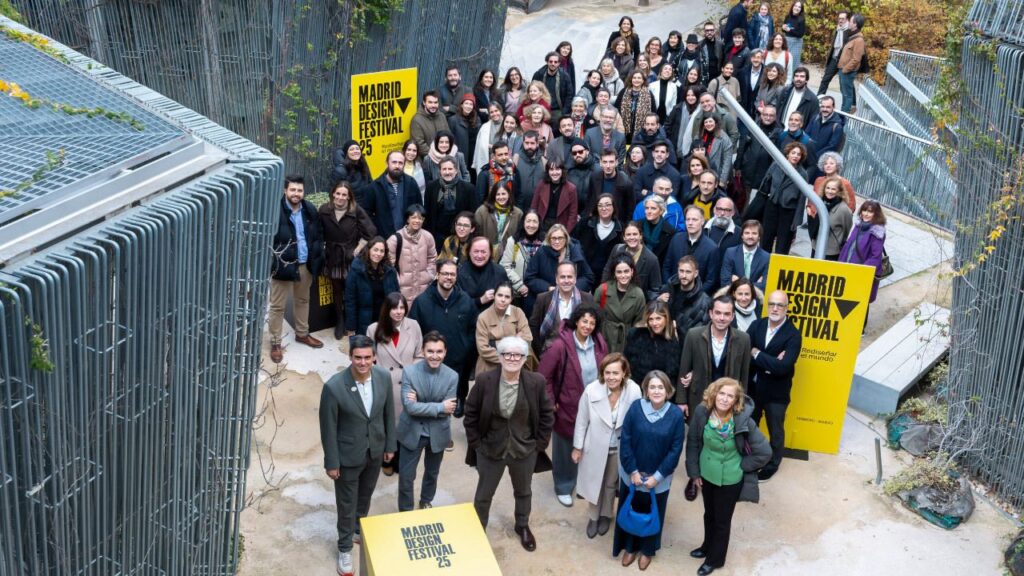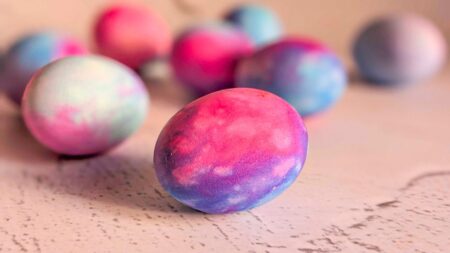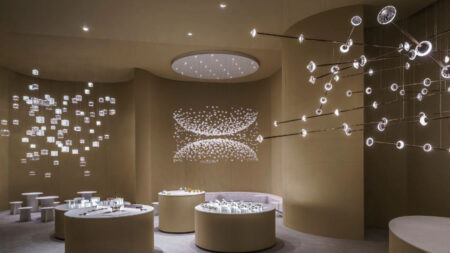Ask Álvaro Matías, director of the Madrid Design Festival, about a standout moment from the Madrid Design Festival; he will probably recall the first edition of ‘Fiesta Design’ (a 10-day festival within the festival), when his team rented a building in the city center and filled it with installations, exhibitions, and events, with a glimmer of hope that someone would come and stroll through what they had created. “We didn’t know what to expect, but 20,000 people came. It was thrilling to see so many people engaging with design for the first time,” Álvaro informs Homecrux.
Eight years since, the Madrid Design Festival has become a global benchmark for design innovation, attracting more than 300,000+ visitors annually. Unlike other design festivals that last a few days, the Madrid Design Festival spans a month. When asked the reason for orchestrating such a long festival, Álvaro points out, “We distribute activities throughout the month to give people time to visit exhibitions and participate in events.”
The festival is divided into distinct phases. The opening week focuses on exhibitions; the second week features Fiesta Design; and the third week is dedicated to professional conferences, workshops, and roundtables. During these phases, the festival supports local talent and international flair alike, providing a platform for designers to showcase their work on an international stage.
“We’ve spent the past eight years defining the identity of Spanish design,” Álvaro said. “Now, we’re expanding our focus to include international collaborations, bringing global perspectives to Madrid and taking Spanish design to the world. We want to shake the flag of design once a year and promote its importance not just in Madrid but globally,” Álvaro envisions.
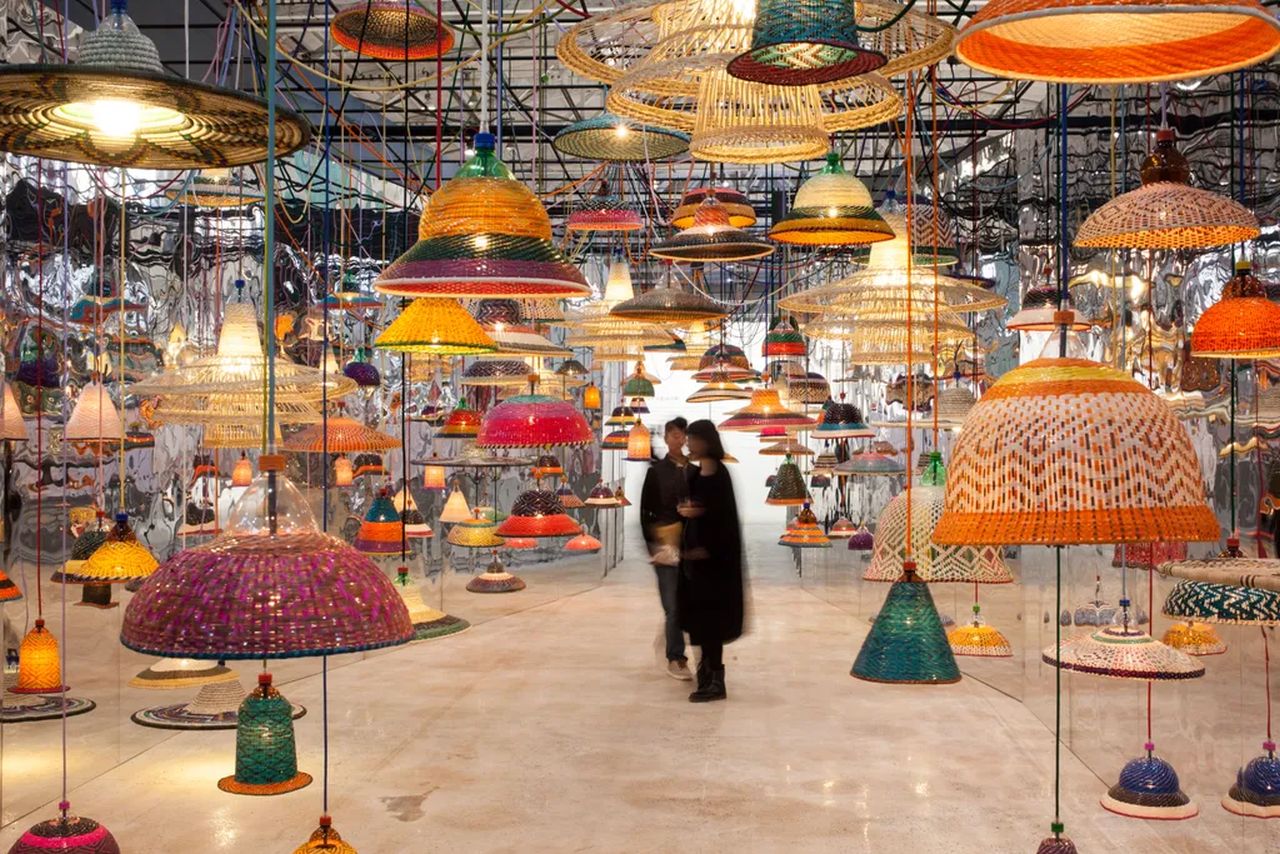
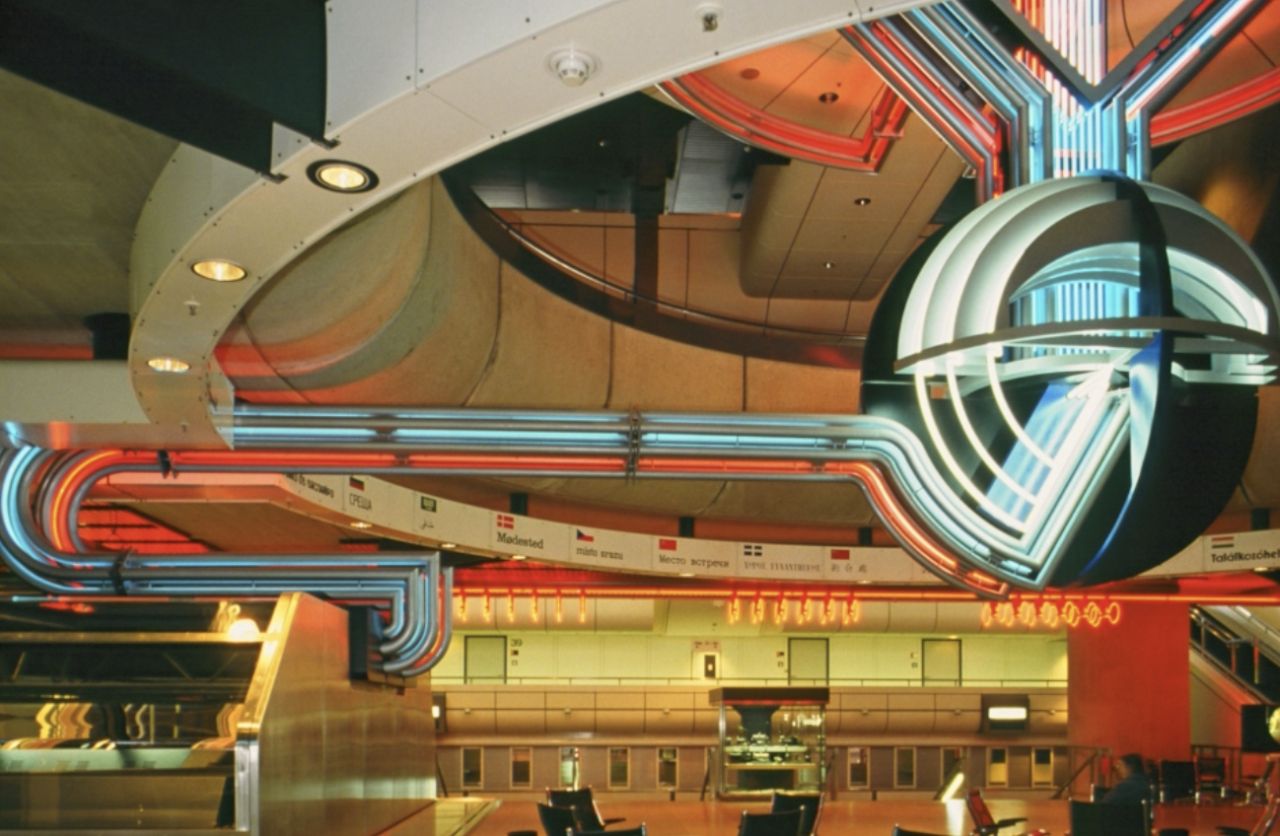
On that note, each year, the festival invites a guest city to participate, fostering cross-cultural dialogue. “This year, its Berlin,” Álvaro shares. “These collaborations bring fresh perspectives and ideas to Madrid,” he further states. The festival’s open approach to collaboration extends to its programming. The festival is a melting pot of ideas and perspectives, from talks with international design leaders like Annalisa Rosso of Salone del Mobile to partnerships with institutions like Acción Cultural Española. “We believe in the power of conversation. It’s through dialogue that we can push the boundaries of design and create meaningful change,” Álvaro states.
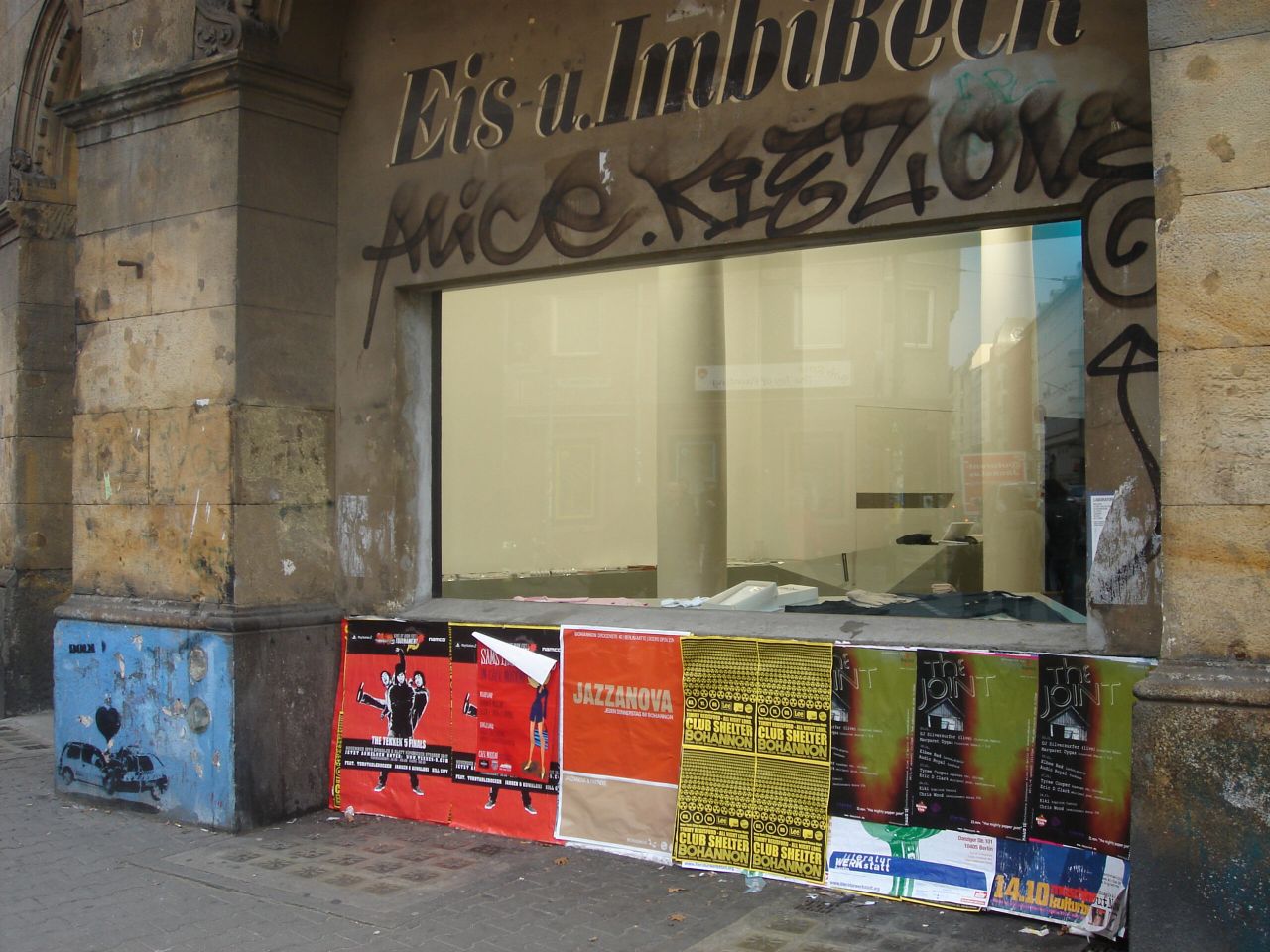
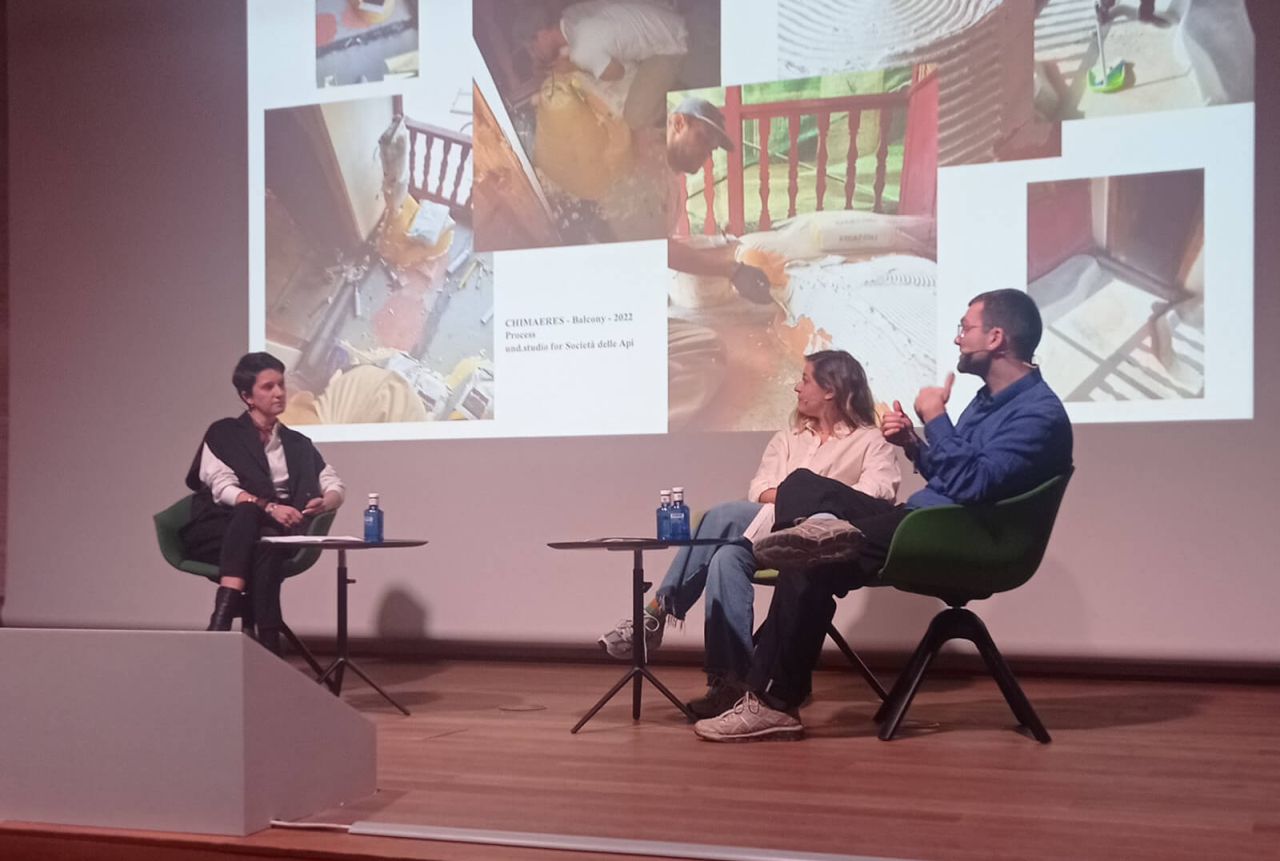
In addition to crediting international collaborations, Álvaro also hails academies that have nurtured talent for decades. “The festival’s foundation was also built on Madrid’s strong design infrastructure, including its universities that have honed talent for years. We now see the results of these institutions. The designers who once studied here are now creating extraordinary projects, and design is everywhere, in restaurants, hotels, branding, and communication.”
Alvaro also highlights a defining characteristic of the festival, its commitment to supporting young designers. “The festival partners with esteemed design universities such as Instituto Europeo de Design and IE University, offering a platform for students and alumni to showcase their work. We also host design competitions, like the MINI Design Award, which celebrates the work of emerging designers and students.” This continued support for young talent has ensured a brighter future for design communities in Spain.
Beyond its academic and cultural impact, the Madrid Design Festival is a significant contributor to promoting sustainability. “Sustainability is not just a trend; it’s a necessity,” Álvaro emphasized. “Our festival highlights projects that address issues like biomaterials, circular economies, and sustainable urbanism.”
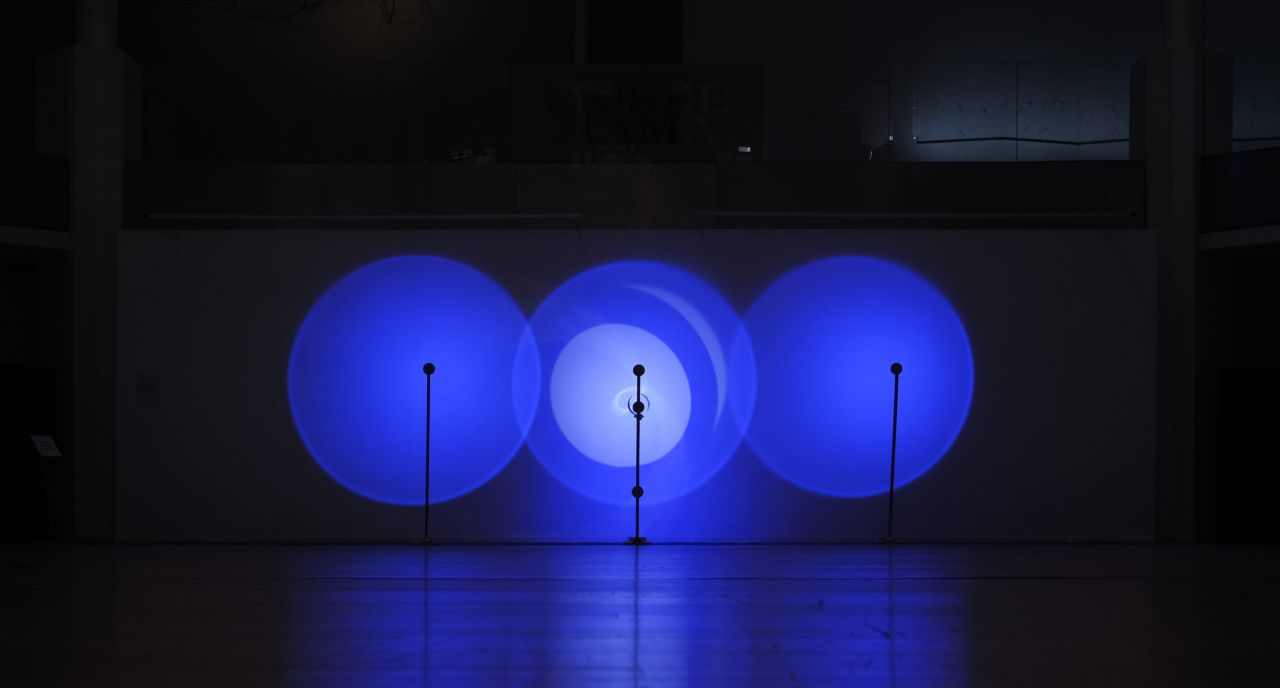
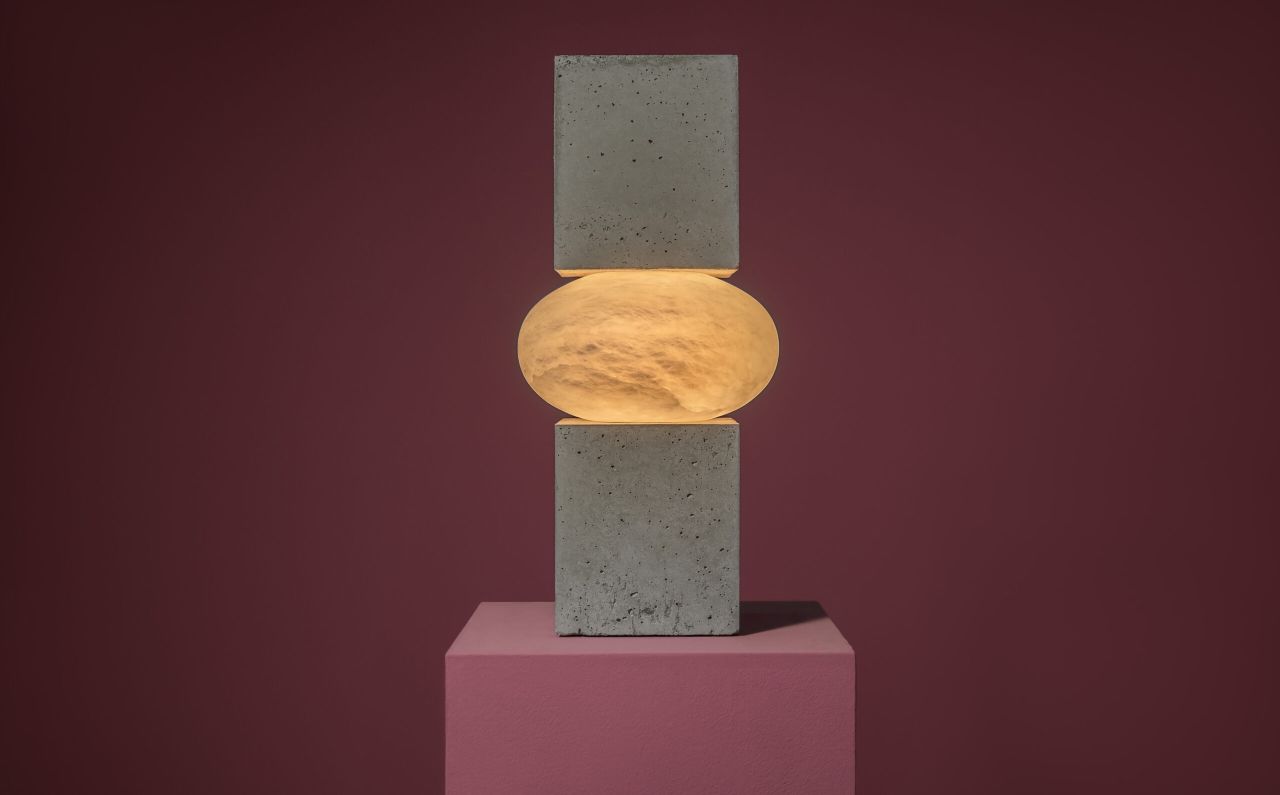
As the Madrid Design Festival looks to the future, its mission remains clear: to use design as a force for good. “We want to inspire people to think differently about the world around them,” Álvaro said. “Whether you’re a designer, a visitor, or a local resident, the festival is a place to explore, learn, and connect.” For Álvaro, the festival’s ultimate goal is to leave a lasting legacy. “We’re not just organizing events; we’re building a movement,” he says. A movement that celebrates creativity, fosters collaboration, and reimagines the possibilities of design!
Follow Homecrux on Google News!
